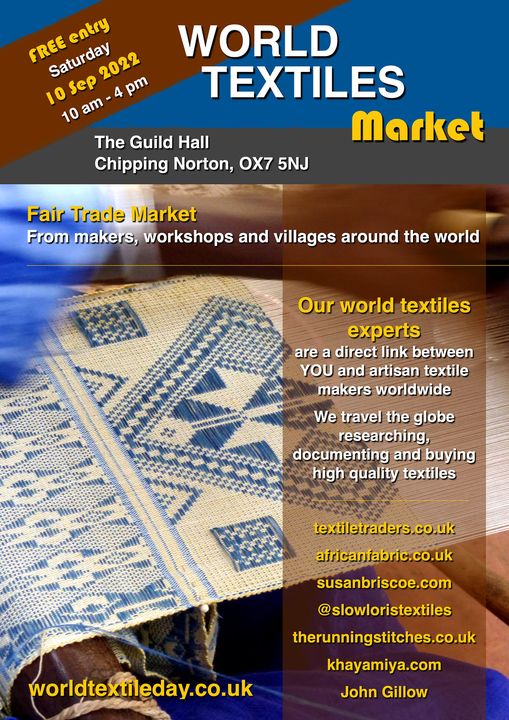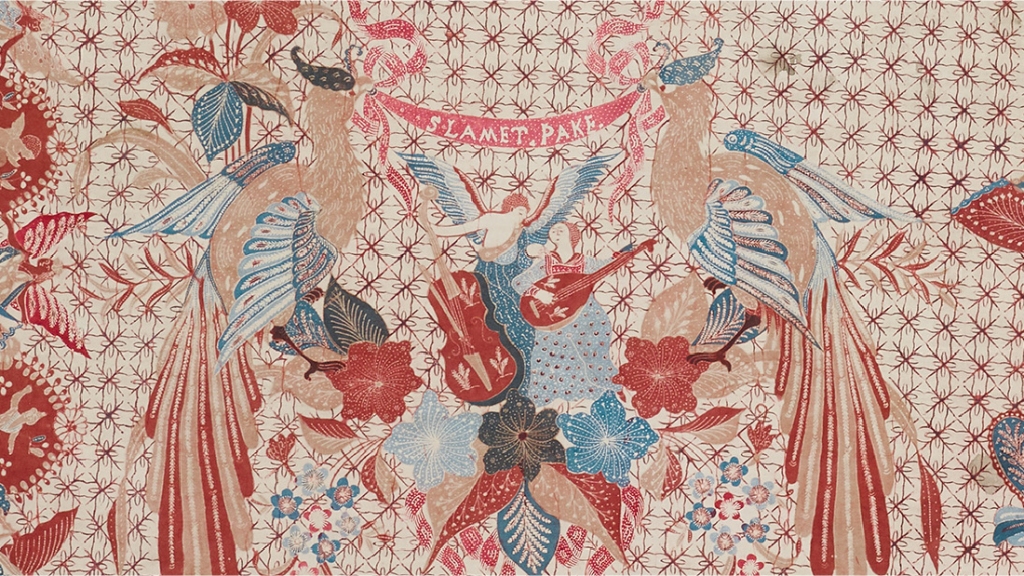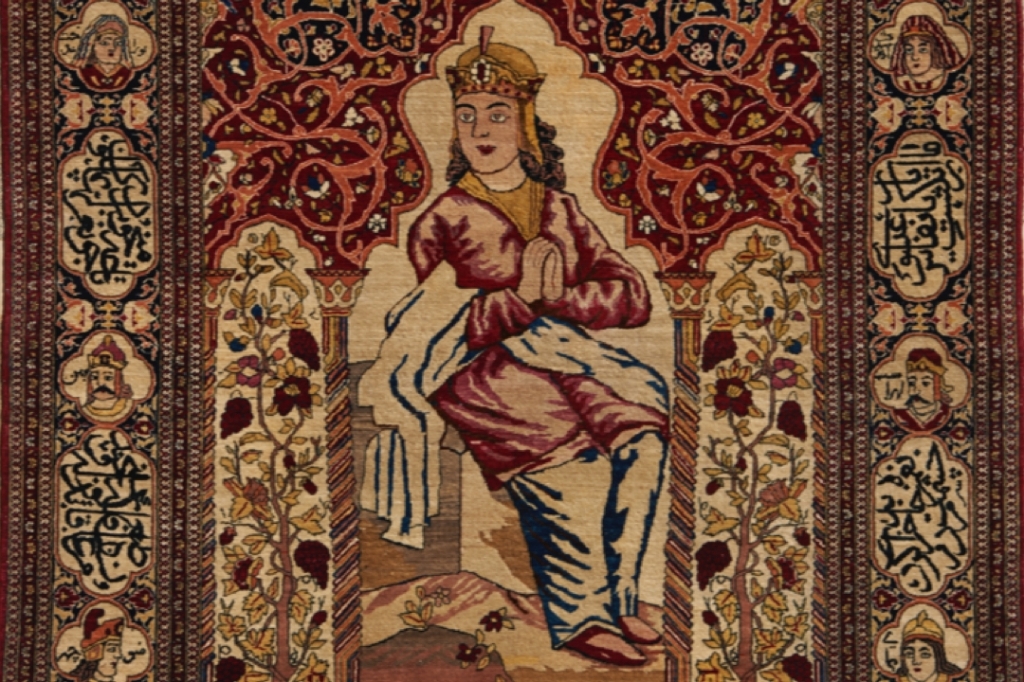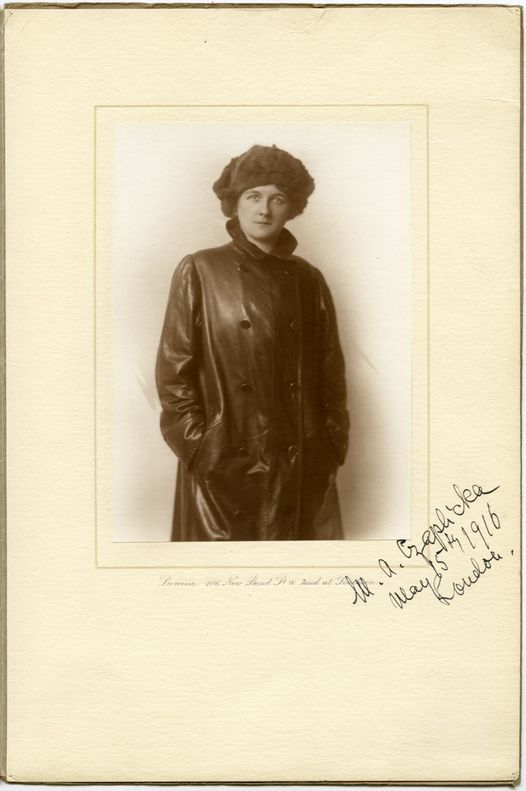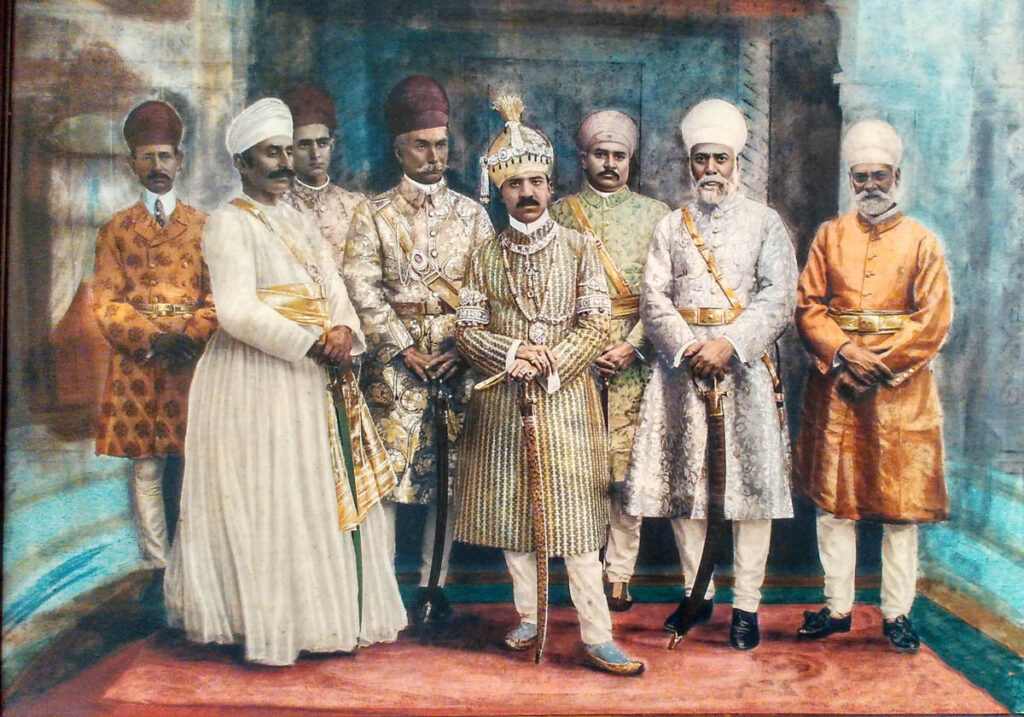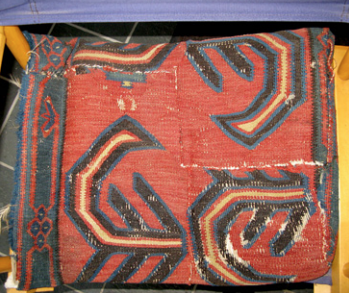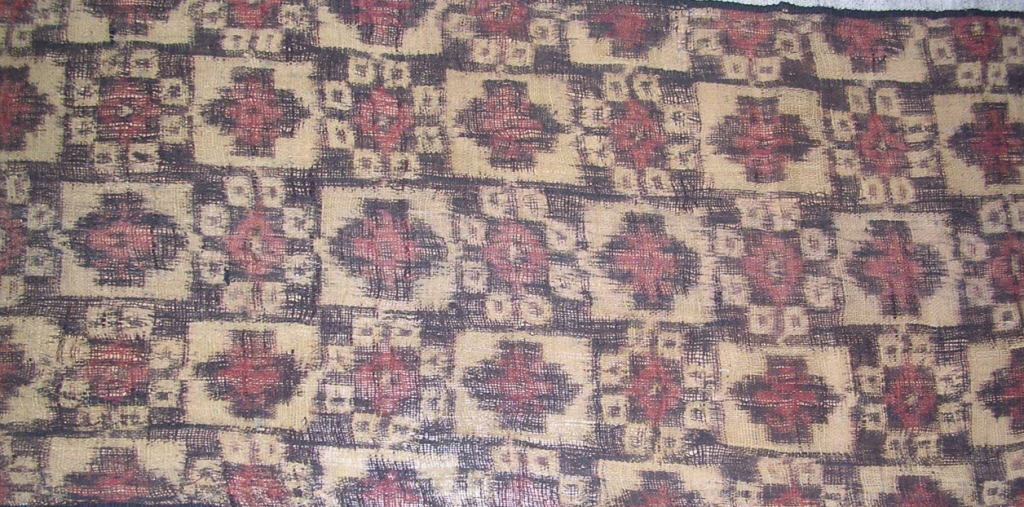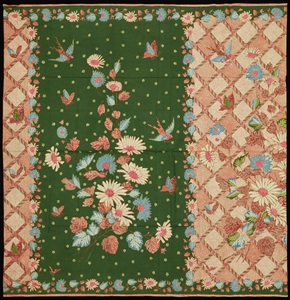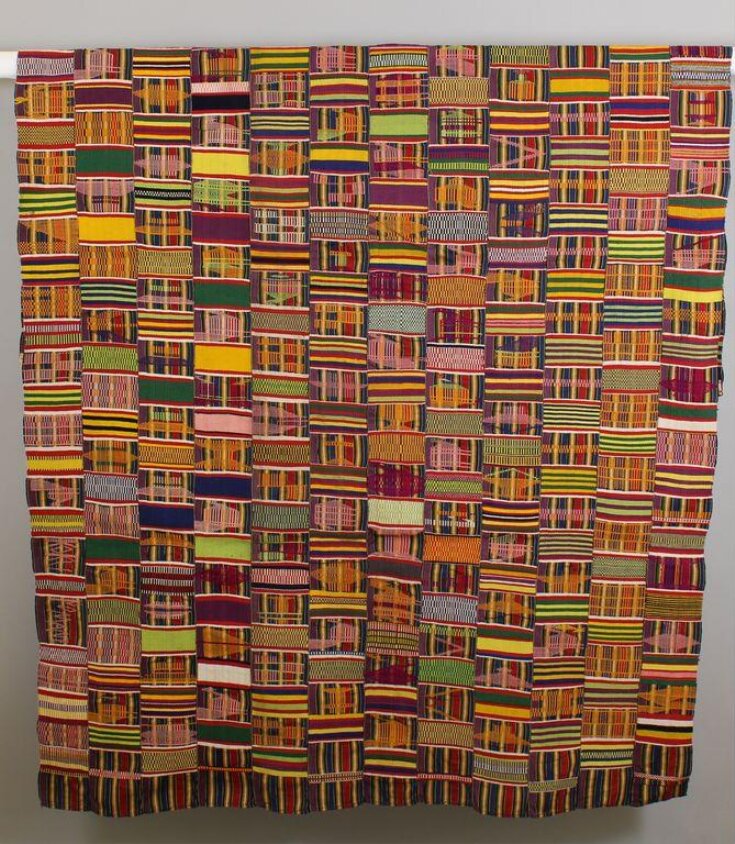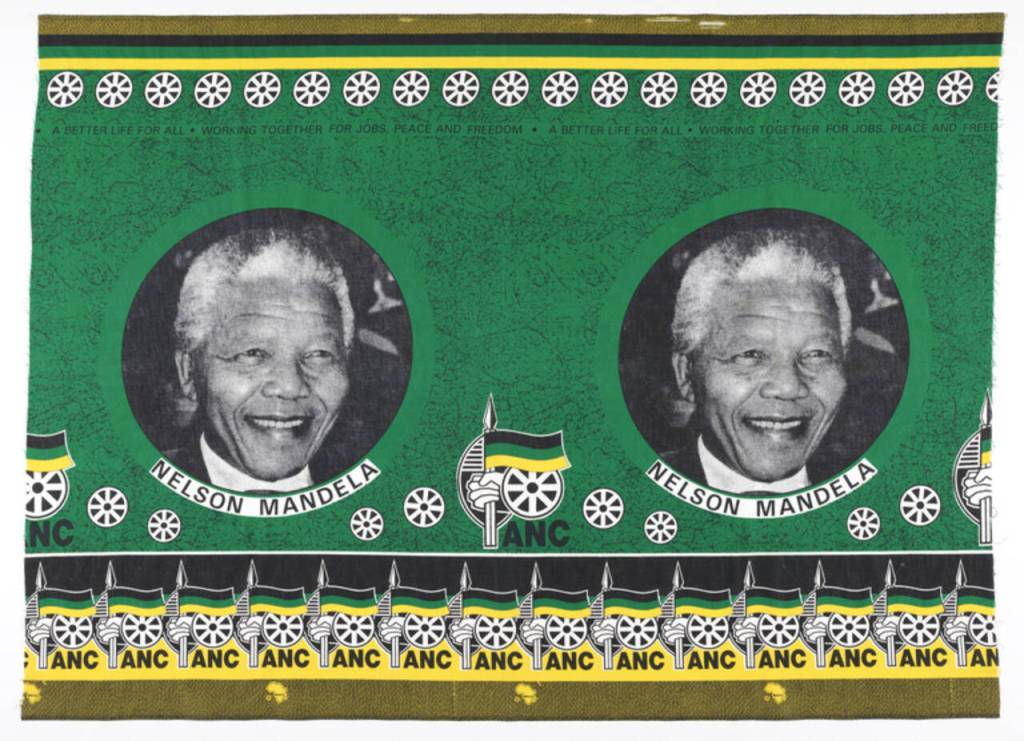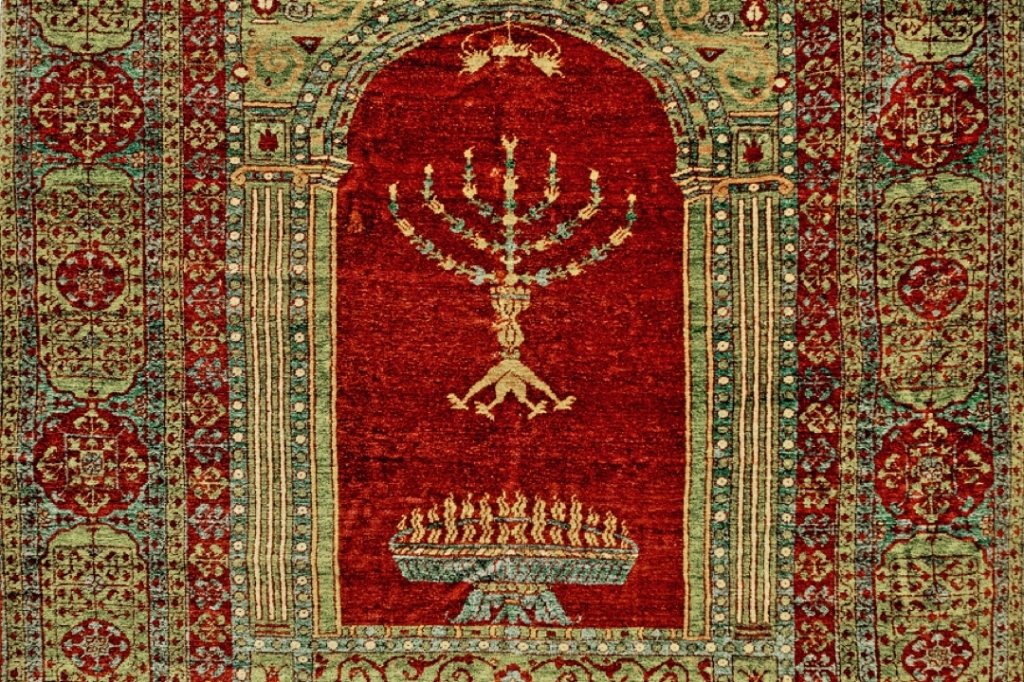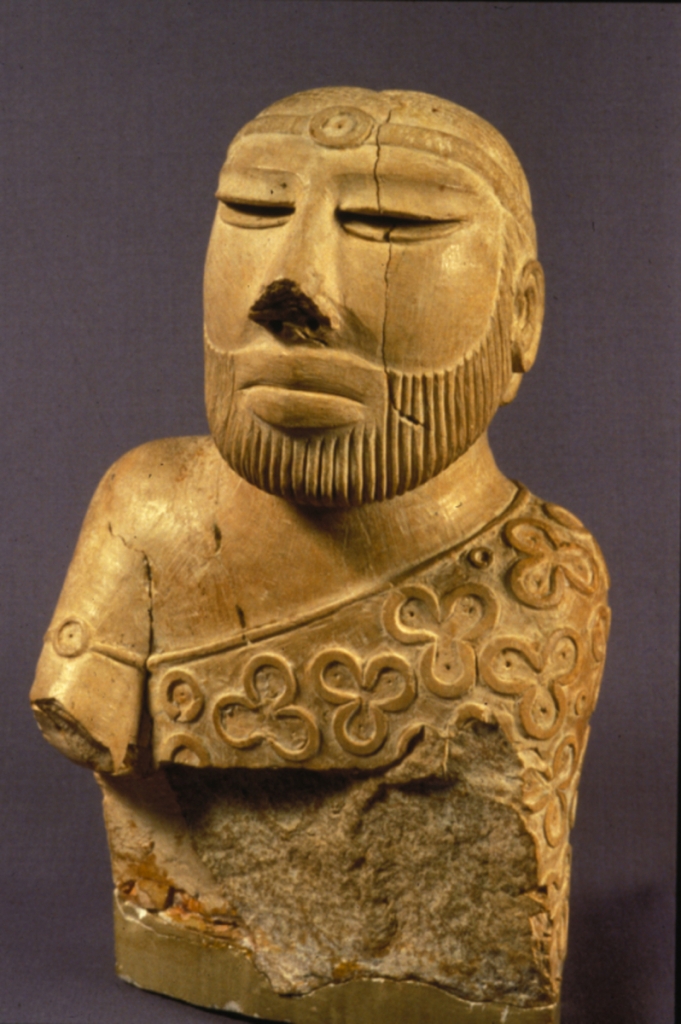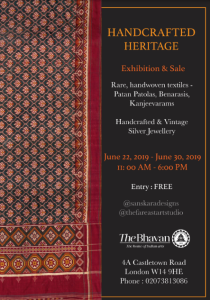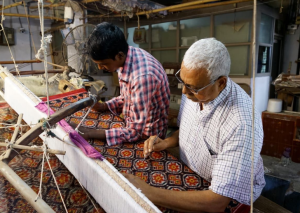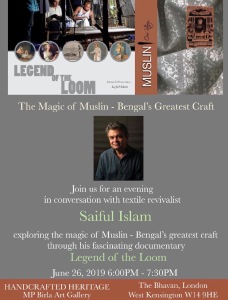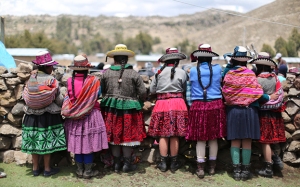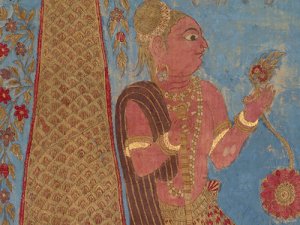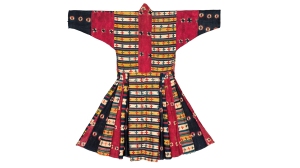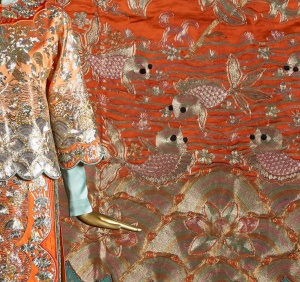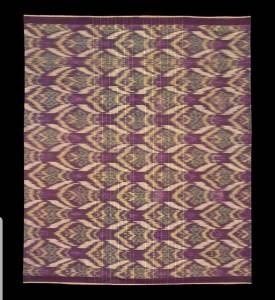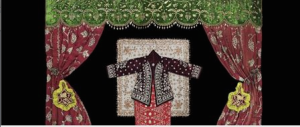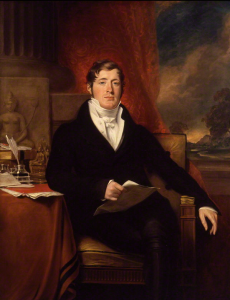
A new paper by OATG member Chris Buckley has been published in Asian Archaeology.
“This paper presents a new map and account of the emergence and spread of spindle whorls in archaeological sites across southern China and southeast Asia. Spindle whorls are evidence of intensive yarn production, and hence of weaving. In the past two decades a considerable amount of new data on the presence of spindle whorls in the archaeological record has come to light, along with improved dates for existing sites.” – Chris Buckley.
A free copy of this fascinating work can be downloaded here.
******************************
A special exhibition dedicated to weaving with banana fibre (bashofu), is currently taking place at the Japan Folk Crafts Museum in Osaka This exhibition is entitled Kijoka’s Bashofu Story and will run until 19 December 2023.
The exhibition features the work of master weaver Toshiko Taira, and you may find this article about her by Toshie Tanaka of interest.
******************************
Next a reminder of an exhibition still showing at the Asian Civilisations Museum in Singapore. Textile Masters to the World – the global desire for Indian Cloth runs until 31 December and “spotlights the historic global impact of textile production in India, and its role as evidence of trade and cultural exchange between India and regions such as the Middle East, Southeast Asia, and Europe from the 14th to 19th century.” – ACM website

******************************
OATG members Chris and Angela Legge have an exhibition of Central Asian Ikat of the Nineteenth Century in their Oxford gallery until 21 October 2023, featuring some really stunning textiles. Open Thursday to Saturday and by appointment.

******************************
The next OATG event takes place this Thursday 12 October at 18:30 BST in Oxford. Our speaker will be collector and writer Jonathan Hope, and his subject is Some observations on historic Javanese batik. He will show a series of images of batik being prepared and worn in central Java and will discuss the significance of certain traditional patterns and he will share some memories of travelling in Java over a period of almost half a century. He will also bring some textiles from his extensive collection to show attendees.
This event is of course free to OATG members. Non-members are welcome to attend for a small donation. Please click here for more details and to register.
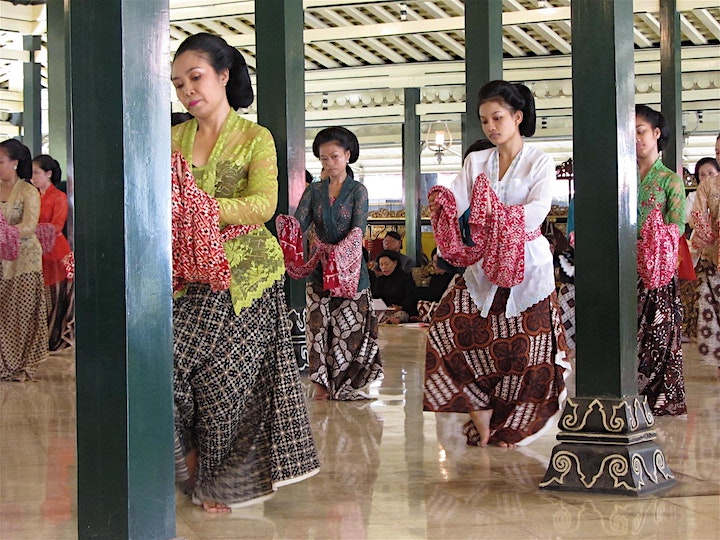
******************************
A new exhibition devoted to Syrian textiles will open on 14 October 2023 at the Katonah Museum of Art, in New York State, and will run until 28 January 2024.
“Stories of Syria’s Textiles: Art and Heritage across Two Millennia highlights textiles’ outstanding contributions to Syrian culture during antiquity and the late nineteenth and early twentieth centuries, as well as today……. In the exhibition’s first section, which focuses on the ancient cities of Dura-Europos and Palmyra, ancient textile fragments will be displayed with sculptures that depict people wearing luxurious clothing with intricate embroidery and silks from China: together, these objects evoke and attest to Syria’s role at the western edge of the Silk Routes in antiquity. The second section features clothing designed and created by skilled artisans in the late nineteenth and early twentieth centuries. These textiles reveal the social and cultural traditions not only of elite city residents in Aleppo and Damascus, but also of desert nomads and villagers living in the Syrian countryside and mountains.” – museum website.

******************************
The next event to be hosted by the Textile Museum Associates of Southern California will take place on Saturday 21 October 2023 at 10am PT, 1pm ET, 1800 BST. This is a Zoom talk by author Sheila Fruman and her subject is Pull of the Thread: Textile Travels of a Generation, based on her new book of the same title.

“Sheila Fruman has concentrated on nine intrepid travelers from the 1960s up to now, who, in their youth, combed the streets and bazaars of Central and South Asia finding, researching, collecting and selling antique woven ikat and embroidered Uzbek textiles and robes, Kashmir shawls, Anatolian kilims, Turkmen carpets and many other textile treasures to interested Westerners. This generation of dealers and collectors all made important and even essential contributions to their fields, publishing books, staging exhibitions, and often gifting items to major institutions such as the V&A and MET.” – TMA/SC

One of these intrepid travellers was Pip Rau. I never had the chance to go to her shop, but did visit a wonderful exhibition of her Central Asian ikat textiles – twice!
This Zoom talk is free, but you do need to register for it here.
******************************
On Sunday 22 October 2023 at 11am OATG member Walter Bruno Brix will be giving a talk at the Museum of Folk History in Vienna as part of the re:Pair Festival. His subject is Mottainai – don’t waste anything!
“Repairing has a long tradition in Japan. Especially with textiles, which are valuable because they had to be made entirely by hand. Obtaining the fibers, spinning the threads and weaving required a lot of time. So it’s understandable that every little scrap of fabric was used and every piece of textile was repaired and recycled. Pants and jackets, even entire garments, were lined with other fabrics and sewn through with small stitches to make them warmer and more durable. Today, sashiko is mostly only known as a decorative technique; it was originally used to make textiles last longer. The word ‘boro’ means shreds in Japanese.” – museum website

******************************











